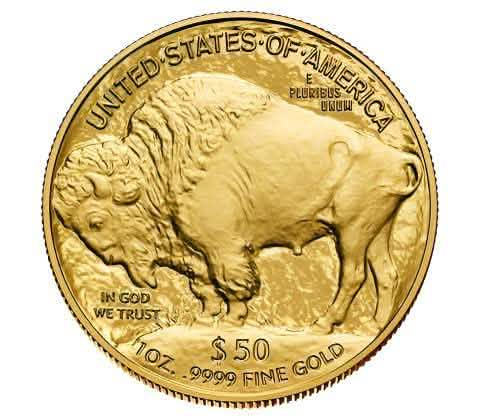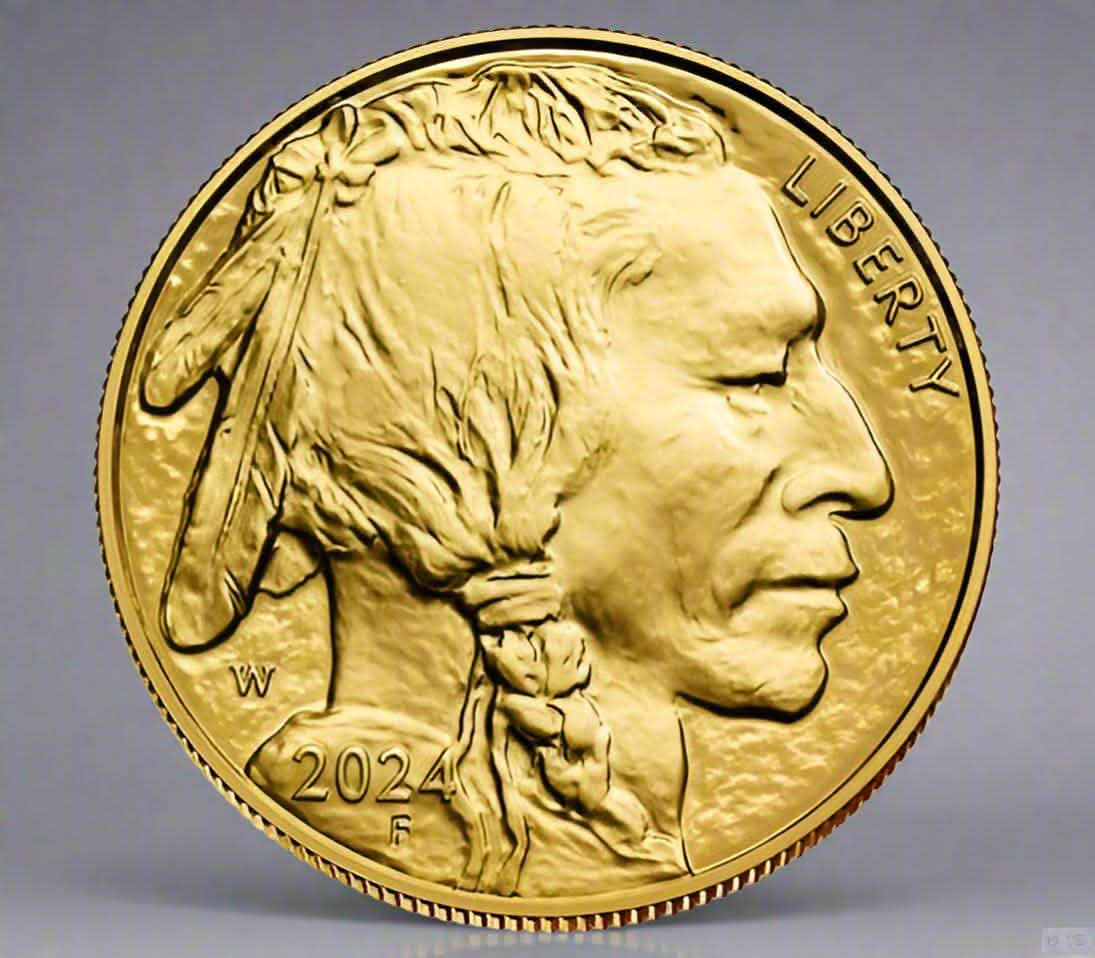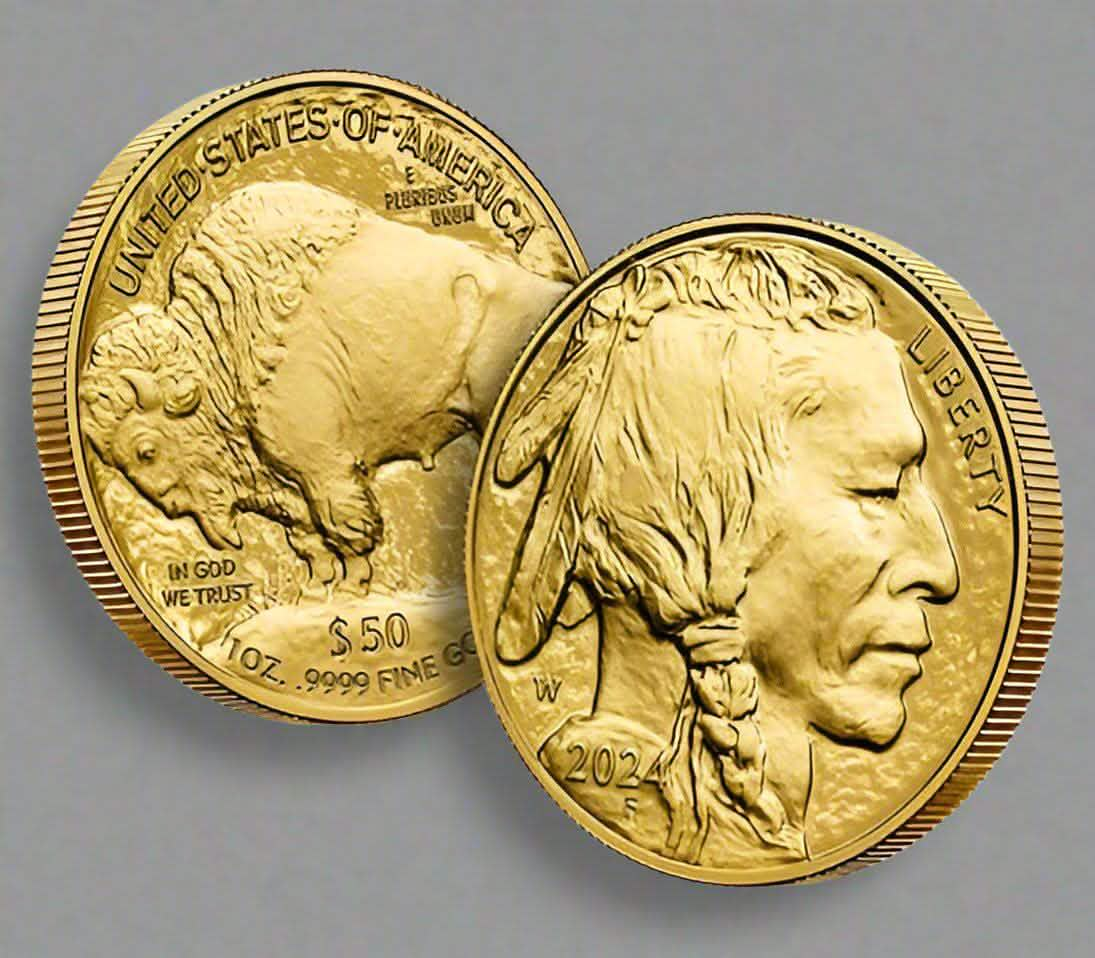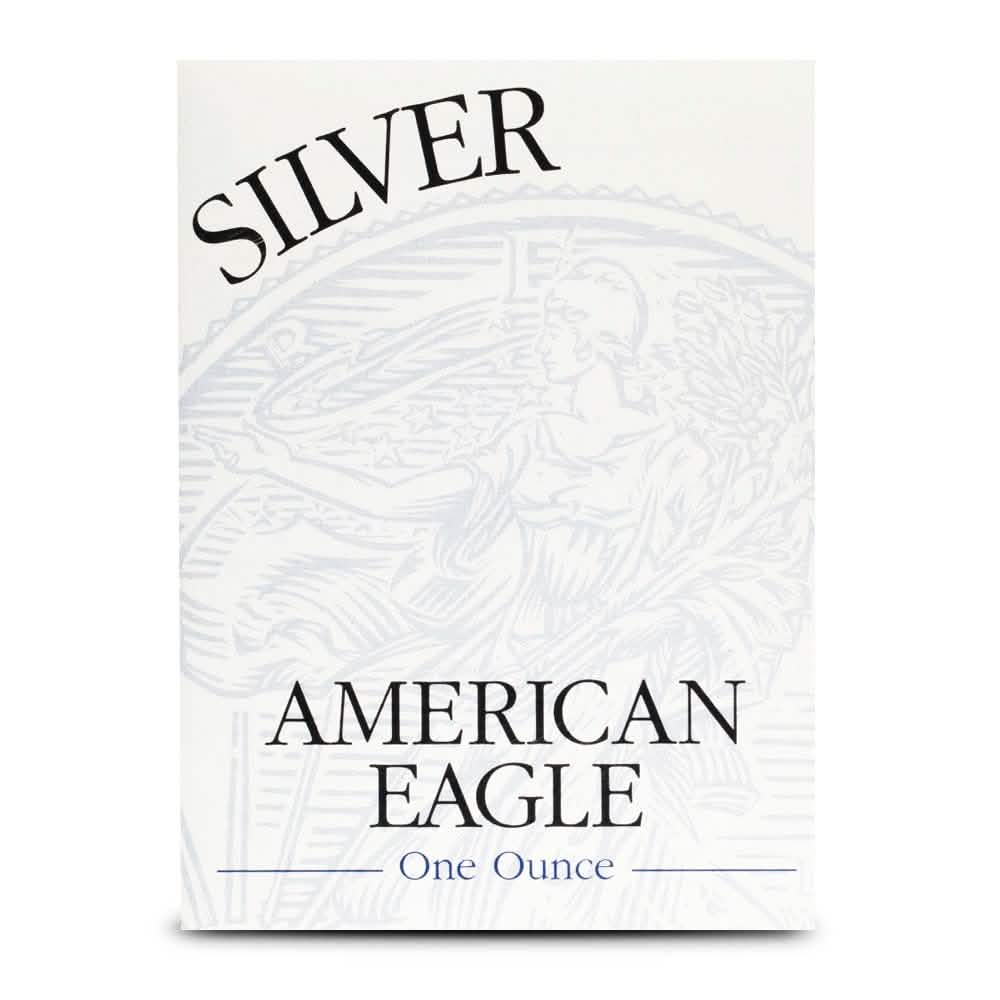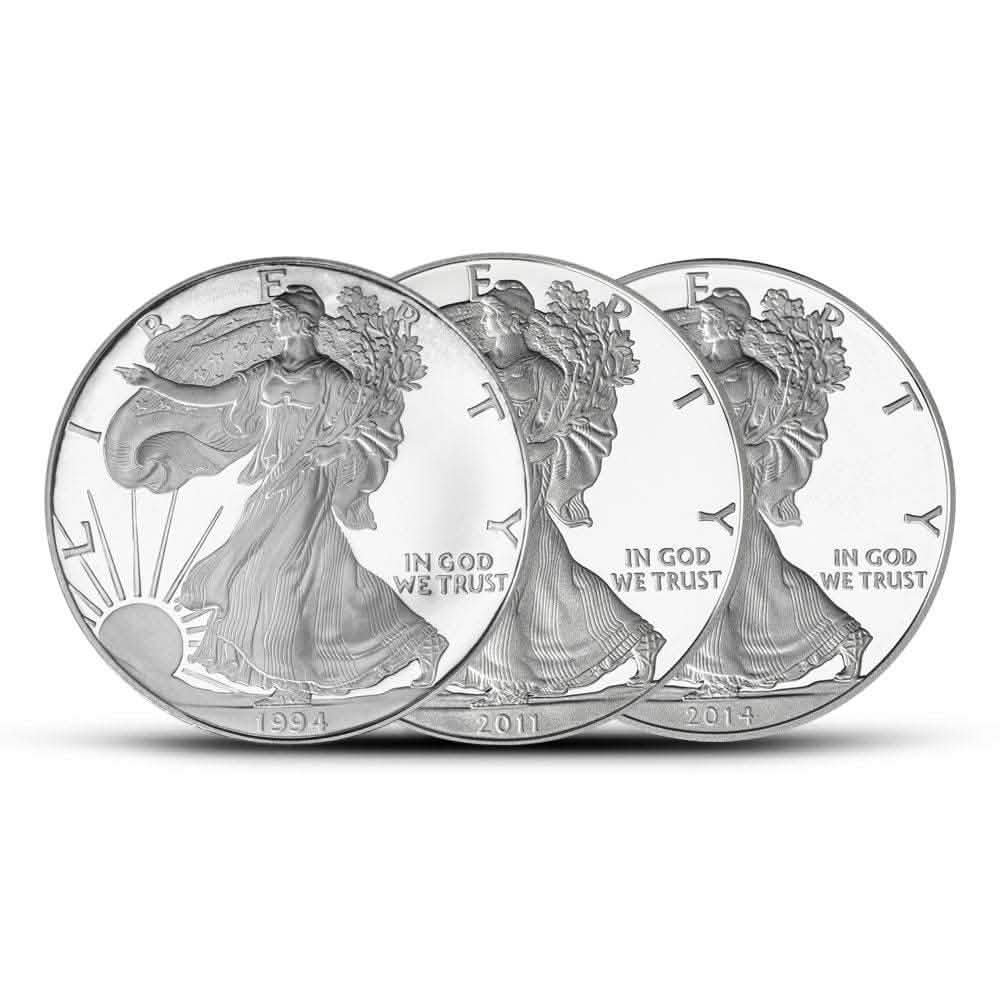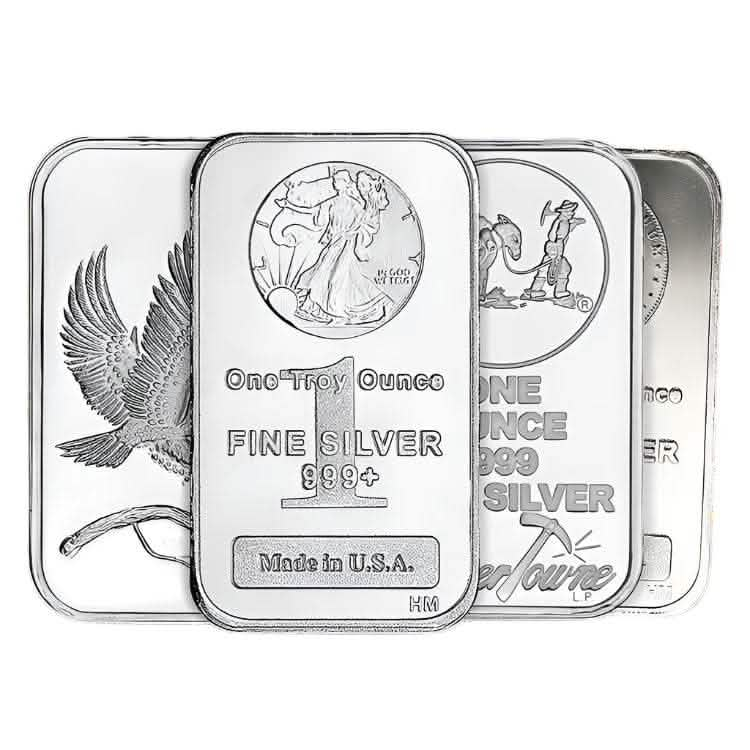Gold has long been considered a safe haven for investors, a tangible asset that can provide stability and protection during times of economic uncertainty. As the world navigates through various financial and geopolitical challenges, the question on many investors' minds is: how much higher can gold prices go?
Historical Gold Price Trends
To understand the potential for future gold price movements, it's essential to examine the metal's past performance. Over the past decade, gold prices have experienced significant fluctuations, ranging from a low of around $1,050 per ounce in 2015 to a high of over $2,000 per ounce in 2020. This volatility can be attributed to a variety of factors, including global economic conditions, monetary policies, and geopolitical events.
During times of economic uncertainty, such as the 2008 financial crisis and the COVID-19 pandemic, gold has often been seen as a safe haven, with investors flocking to the metal as a hedge against market volatility. This increased demand has typically driven gold prices higher, as the limited supply of the metal struggles to keep up with the surge in investor interest.
Factors Influencing Gold Prices
Several key factors can influence the direction and magnitude of gold prices. One of the most significant is the state of the global economy. When economic growth is sluggish, and there are concerns about inflation or financial instability, investors tend to turn to gold as a hedge against these risks. Conversely, when the economy is strong and stable, the demand for gold may decrease, leading to a decline in prices.
Another important factor is the monetary policies of central banks around the world. When central banks implement accommodative monetary policies, such as lowering interest rates or engaging in quantitative easing, it can make gold more attractive as an investment, as it becomes less expensive to hold the metal compared to interest-bearing assets.
Currency valuations also play a crucial role in gold prices. Since gold is typically priced in US dollars, a weakening of the dollar can make the metal more affordable for investors in other currencies, leading to increased demand and higher prices.
Current Market Conditions
The current market conditions suggest that there may be further upside potential for gold prices. Geopolitical tensions, such as the ongoing conflict in Ukraine and the growing rivalry between the United States and China, have created a heightened sense of uncertainty in the global financial markets. This uncertainty has led to a surge in demand for safe-haven assets like gold, driving prices higher.
Additionally, central banks around the world have maintained accommodative monetary policies in an effort to support economic recovery from the COVID-19 pandemic. These policies have kept interest rates low, making gold a more attractive investment option compared to traditional fixed-income assets.
Expert Predictions and Forecasts
Many industry experts and analysts believe that gold prices have the potential to continue their upward trajectory in the coming years. Some forecasts suggest that gold could reach new all-time highs, potentially surpassing the $2,000 per ounce mark and even reaching $2,500 or higher.
These predictions are based on a variety of factors, including the ongoing global economic and geopolitical uncertainties, the potential for continued accommodative monetary policies, and the increasing demand for gold as a hedge against inflation and market volatility.
Investment Strategies
For investors looking to capitalize on the potential upside in gold prices, there are several investment strategies to consider. One option is to invest directly in physical gold, such as gold bullion or coins. This provides investors with direct exposure to the metal and the ability to hold it as a tangible asset.
Another option is to invest in gold-related financial instruments, such as gold exchange-traded funds (ETFs) or gold mining stocks. These investments can provide exposure to the gold market without the need to physically hold the metal, and they may offer additional diversification benefits.
It's important to note that investing in gold, like any other asset, carries risks. Investors should carefully consider their investment objectives, risk tolerance, and diversification needs before allocating a portion of their portfolio to gold.
Future Outlook
The future outlook for gold prices remains uncertain, as it will depend on a complex interplay of economic, political, and market factors. However, the current market conditions and the potential for continued global instability suggest that the demand for gold as a safe-haven asset is likely to remain strong.
As central banks continue to navigate the challenges of economic recovery and inflation, the role of gold in investment portfolios may become increasingly important. Investors who are able to identify and capitalize on the potential upside in gold prices may be well-positioned to weather the storms of the financial markets and achieve their long-term investment goals.
Conclusion
The question of how much higher gold prices can go is a complex one, with no simple answer. However, the historical trends, current market conditions, and expert predictions all point to the potential for further upside in the gold market.
For investors looking to diversify their portfolios and protect against market volatility, gold may be a valuable asset to consider. By understanding the factors that influence gold prices and developing a well-informed investment strategy, investors can position themselves to capitalize on the potential growth in the gold market and achieve their financial objectives.
